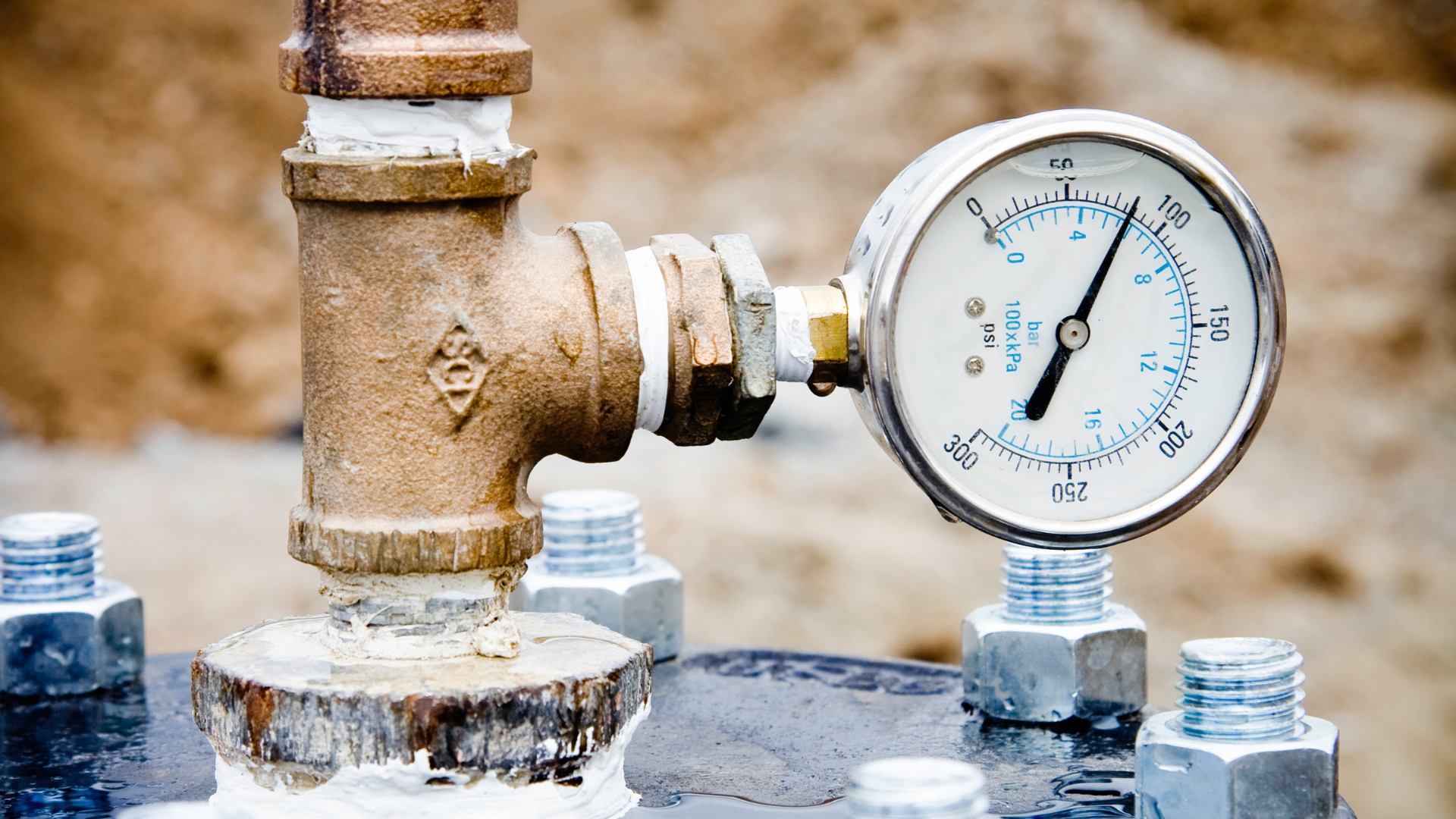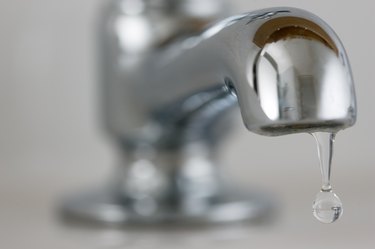Are you hunting for help and advice around 10 Reasons for Low Water Pressure in Your House?

Low water pressure in your house can be an irritating issue, influencing every little thing from bathing to washing meals. If you're experiencing weak water circulation, there are numerous feasible reasons and solutions to explore. In this overview, we'll review usual factors for low water pressure and useful steps to resolve the concern properly.
Introduction to Low Tide Stress
Low tide stress occurs when the flow of water from your taps, showers, and other fixtures is weak than typical. This can make everyday jobs more tough and less effective. Comprehending the root causes of low tide stress is critical to locating the right remedy.
Typical Sources Of Low Water Pressure
Faulty Stress Regulatory Authorities
Stress regulatory authorities are responsible for keeping regular water stress in your home. If they malfunction, it can cause low water stress or unequal circulation throughout the house.
Metropolitan Supply Of Water Issues
Often, the problem exists outside your home. Local water system problems, such as main line leakages or maintenance job, can briefly minimize water pressure in your area.
Pipeline Obstructions
With time, pipes can become obstructed with natural resource, sediment, or particles, restricting the circulation of water. This is a typical issue in older homes with galvanized steel pipelines.
Corrosion
Rust within pipelines can result in leakages and reduced water pressure. Rust buildup can constrict water circulation, specifically in maturing plumbing systems.
How to Detect Low Water Stress
Evaluating Pipelines
Check visible pipes for indicators of leaks, corrosion, or clogs. Take notice of any type of uncommon audios, such as banging or rattling pipelines, which can suggest concerns within the plumbing system.
Consulting with a Plumber
If you're not able to pinpoint the reason for low water pressure, take into consideration working with a professional plumber to conduct an extensive inspection. They can identify underlying problems and suggest proper options.
Examining Taps and Components
Beginning by testing the water pressure at various taps and components throughout your home. If the problem is isolated to particular areas, it may indicate localized problems.
DIY Solutions to Fix Low Water Pressure
Flushing Hot Water Heater
Debris build-up in the hot water heater can restrict flow and reduce performance. Purging the tank periodically aids eliminate sediment and maintain optimal efficiency.
Inspecting Pressure Regulatory Authority
Make certain that the pressure regulator is operating properly. Adjusting or changing the regulatory authority can help recover appropriate water pressure throughout your home.
Cleansing Aerators and Showerheads
Natural resources can build up in aerators and showerheads, reducing water circulation. Eliminate and cleanse these elements frequently to improve water stress.
Clearing Clogs in Piping
For minor obstructions, try using a plumbing serpent or chemical drain cleaner to clear blockages in pipelines. Beware when utilizing chemicals and adhere to security standards.
When to Call an Expert Plumber
If DIY initiatives stop working to solve the concern or if you presume substantial plumbing troubles, it's best to seek support from a qualified plumber. They have the expertise and devices to address intricate problems securely and effectively.
Safety Nets to Maintain Water Pressure
Installing a Stress Booster
Take into consideration setting up a stress booster pump to boost water pressure in areas with consistently reduced circulation. This can be specifically useful for multi-story homes or properties with high-demand fixtures.
Tracking Water Usage
Bear in mind water usage routines and prevent ill-using the plumbing system. Basic changes, such as incredible showers and washing tons, can help maintain appropriate water stress.
Routine Upkeep
Arrange regular maintenance for your plumbing system to avoid problems such as rust, leakages, and blockages. Attending to small issues early can assist stay clear of even more substantial repairs later.
Verdict
Dealing with low tide stress can be irritating, but identifying the underlying reasons and applying ideal remedies can bring back ideal flow throughout your home. Whether it's cleaning aerators, examining pipes, or speaking with a plumber, taking proactive actions can make certain a consistent supply of water for your everyday needs.
FOUR WAYS TO FIX LOW WATER PRESSURE NOW
Turning on a shower or faucet only to find the water comes out in a sad, slow drizzle is never a good feeling. How exactly are you supposed to wash a pan or take a quick shower when it takes 10 minutes just to rinse off a little soap? The good news is that when your water pressure is bad, there's always a cause: typically one that can be easily fixed. Here are some of the most common causes of low pressure and what you can do to fix the issue:
DEBRIS AND MINERAL DEPOSIT BUILDUPS
If you notice low water pressure from just one or two of the fixtures in your house, the problem likely has to do with debris buildup. Water is full of minerals and other debris, all of which can accumulate in your pipes and on your fixtures. This can cause a blockage that affects how much water flows through. To fix this, try filling a small plastic bag with white vinegar, and use a rubber band to hang it around your showerhead or faucet. Let the head of the fixture soak for a few hours, and the vinegar should loosen the deposits.
WATER LEAKS
Leaks are another common cause of low water pressure. If water is flowing out of your plumbing through a hole or crack before it can reach your fixture, the pressure coming out of the faucet or showerhead will be lower. A plumbing professional is your best bet for finding and repairing a leak in your water supply pipes.
Leaks are another common cause of low water pressure. If water is flowing out of your plumbing through a hole or crack before it can reach your fixture, the pressure coming out of the faucet or showerhead will be lower. A plumbing professional is your best bet for finding and repairing a leak in your water supply pipes.
A VALVE ISSUE
If you have low water pressure throughout your home, check your main shut-off valve to make sure it's completely open. You may also want to see if there's a pressure-reducing valve installed. If there is, have a plumber help you adjust the settings to get the pressure you're looking for.
OTHERS USING WATER
Believe it or not, your low water pressure could be caused by your neighbors. If you notice low pressure at certain times of day, it may be because you and the people living next to you have similar schedules - when everyone is showering at the same time, the pressure will be lower in every home. Low pressure throughout the neighborhood may also be caused by an issue with your municipal water supply. If that's the case, call the supplier to see if they're working on the issue.
https://www.rotorooter.com/blog/water-leaking/low-water-pressure-fixes/

We had been shown that report on 9 Reasons for Low Water Pressure in Your House from a pal on our other website. For those who appreciated our blog entry if you please remember to share it. I take joy in reading our article about .
This Site